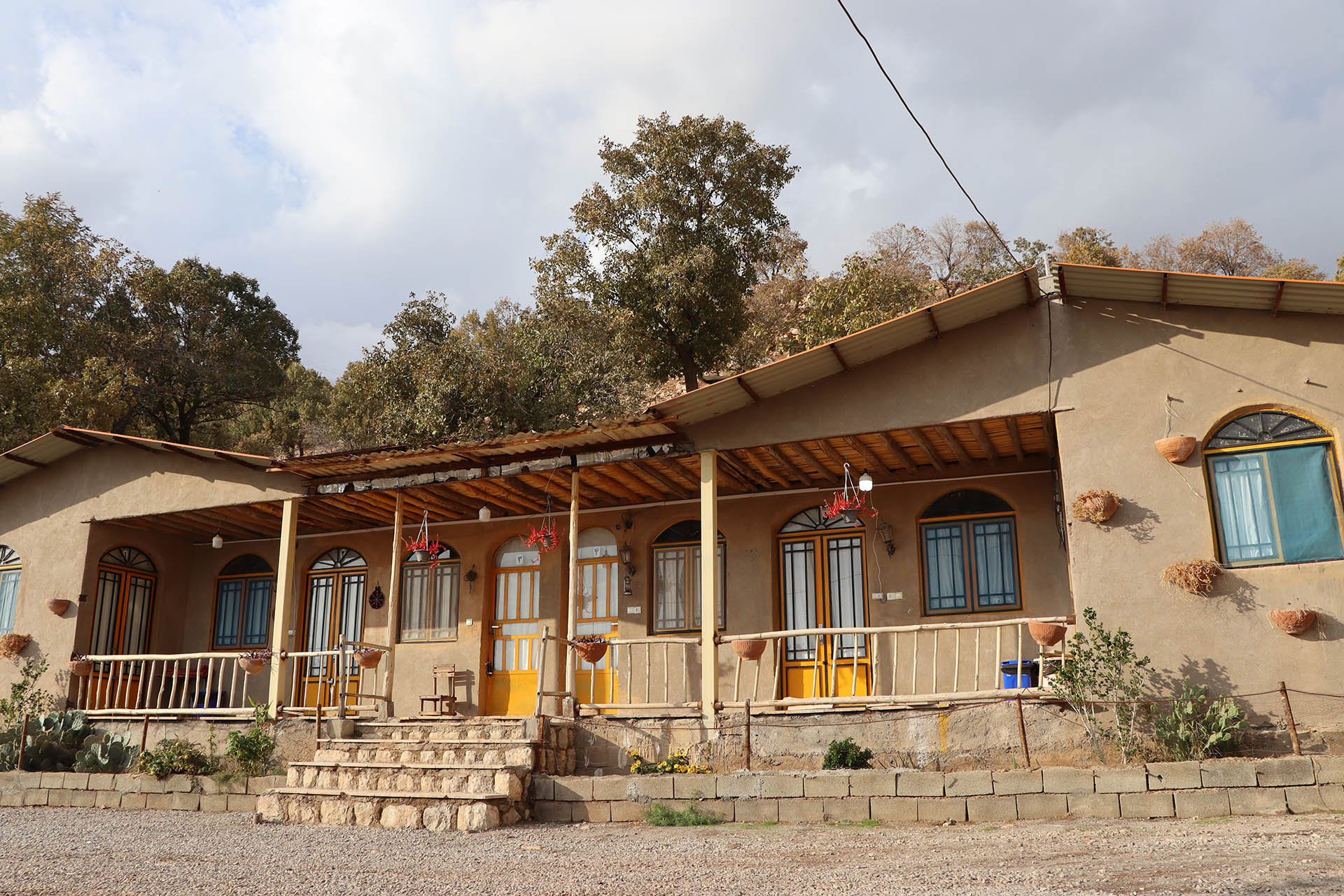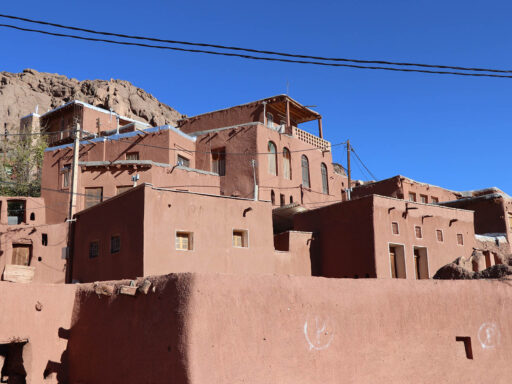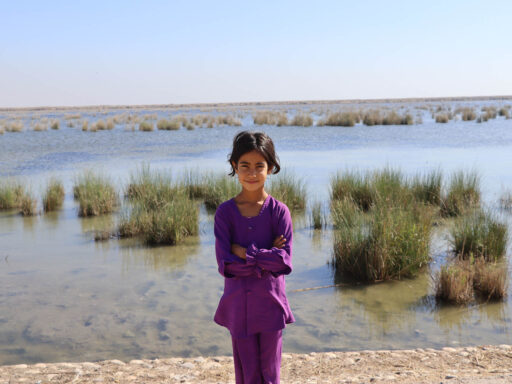Introduction to the Kandovan Ancient Village
Nestled in the Zagros Mountains of western Iran lies the remote village of Kandovan. With a population of just over 300 people, Kandovan is a small rural community that has maintained a traditional way of life for centuries. The village is located in Chaharmahal and Bakhtiari Province, about 70 kilometers from the provincial capital city of Shahrekord.
Kandovan is believed to have been settled in the Mongol era over 700 years ago, with some scholars estimating parts of the village date back over a millennium. The village is notable for its ancient dwellings carved out of soft volcanic rock which have been continuously inhabited for 700 years.
Kandovan’s name comes from the Persian words “kandou” meaning wetland and “van” meaning home. This refers to the many springs and wetlands surrounding the village which provide life-giving water. The rocky landscape and high elevation of over 2,200 meters gives Kandovan a unique character and climate. Winters bring heavy snow while summers remain relatively mild.
How the Rocky Terrain Shaped Kandovan
The defining geographic feature of Kandovan is its dramatic rocky terrain. The village is situated amongst craggy cliffs and stone outcroppings. Twisted juniper trees cling to the steep mountainsides. The streets and buildings of the village wind through boulders and slopes.
Ancient Architecture Carved from Stone
This rugged landscape has directly impacted the architecture and infrastructure of Kandovan. There are no wide thoroughfares or large open spaces. Houses and structures are small and built of stone to withstand the challenging mountain environment. Winding paths connect the different parts of the village.
Farming Adapted to the Rocky Soil
The rocky ground makes farming difficult. Only small patches of land are arable for growing food. Crops like wheat, barley, fruits and walnuts manage to grow in the harsh soil. Livestock grazing provides another important food source. The rocky terrain is better suited for goats to graze rather than cattle or sheep.
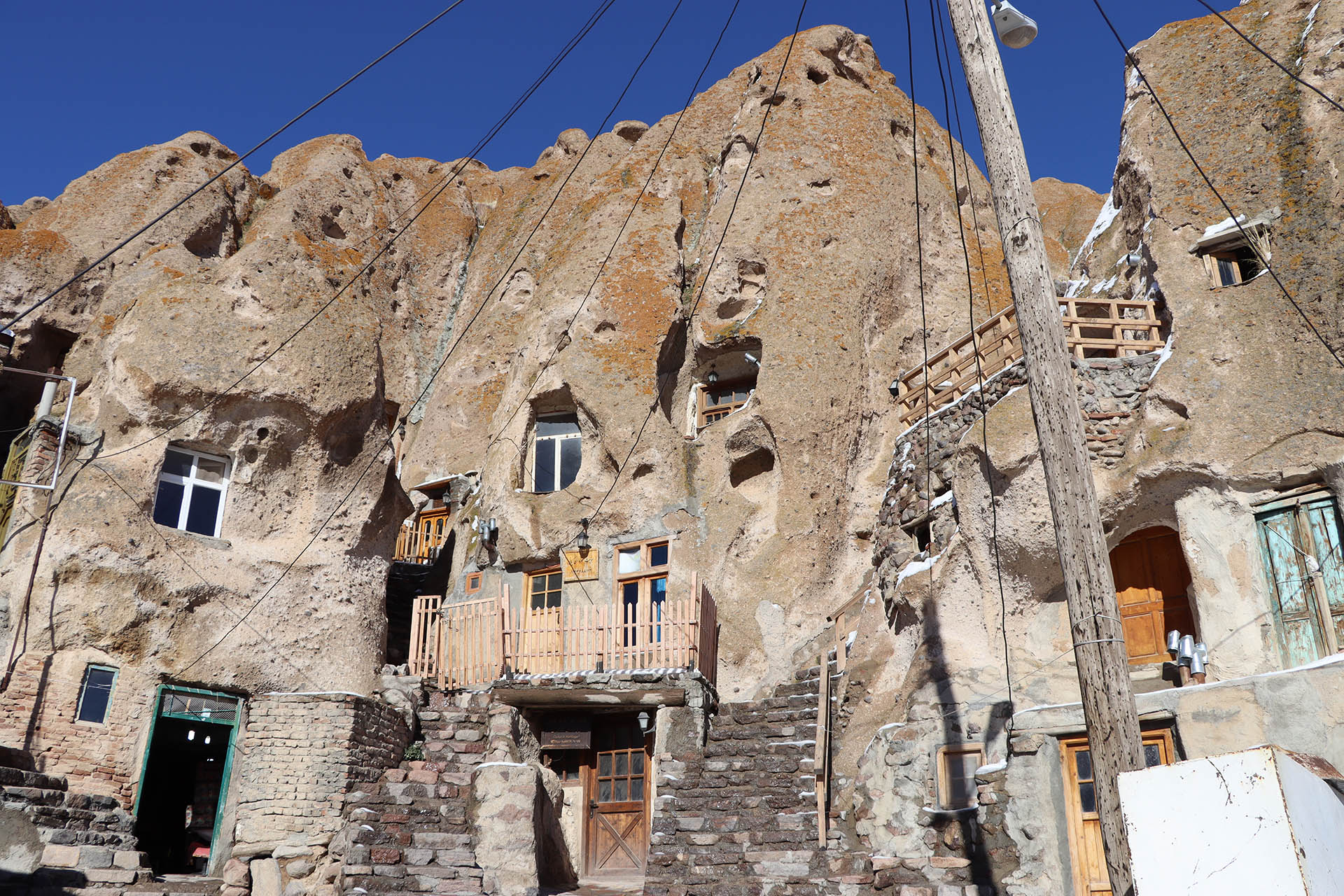
Daily Life Anchored in Tradition
The people of Kandovan live humble lives revolving around agriculture, livestock rearing and handicrafts. With limited amenities and infrastructure, residents have lifestyles tuned to the cycles of nature.
Longstanding Subsistence Ways Endure
Water is collected every day from local springs. Some homes have access to electricity produced by small hydroelectric generators tapping into flowing streams. Supplies are brought in by traveling merchants or obtained during visits to main towns. Many goods are still carried by mules along mountain passes.
Daily tasks follow the rising and setting of the sun. Women gather water, cook meals over open fires, milk goats, spin yarn and weave textiles. Men tend the fields, care for the livestock and maintain the homes and stone structures. Children help with chores or play simple games in the village lanes.
These traditional ways of subsistence farming, herding, and craftmaking have been passed down over countless generations in Kandovan.
Tight-Knit Community Life
Evenings are spent together, often sharing stories or songs. The quiet darkness blankets the village as many turn in early to rest before another day begins. Fridays bring the community together at the local mosque. Occasional festivals and weddings provide a welcomed diversion from the routine.

Enduring Isolation in Harsh Winters
Winter brings frigid temperatures, howling winds and heavy snowfall to Kandovan from December through March. During this time, the village becomes isolated as mountain passes are blocked. Snow piles up several meters high, making roads impassable.
Battling the Elements Each Year
Residents rely on stored supplies of food, water and firewood to wait out the long winter months. Heating homes becomes difficult with extreme cold and wind. Livestock suffer and farmers work hard to keep animals sheltered and fed.
Travel out of the village is restricted to those capable of traversing the deep snow on skis or by foot. Medical emergencies become nearly impossible to treat during this time with no access to outside support or health facilities. The only hope lies in air evacuation by an extremely skilled helicopter pilot.
When the spring thaw finally arrives, there is a sense of relief and renewal. Once again, connection to nearby towns is reestablished. Flowing streams swell with fresh water bringing new opportunities.
The people of Kandovan show resilience and perseverance in continually braving the harsh winter isolation. Their strength as a community has allowed the village to thrive against daunting odds.

An Enduring Stronghold of Tradition
In a nation transforming at a rapid pace, Kandovan remains anchored in its past as an enduring stronghold of tradition. The timeworn practices and architecture look much as they did centuries ago. Location and topography have sheltered Kandovan from outside influences.
Kandovan’s isolated location helped protect it from various invaders over the centuries. The village was repeatedly bypassed during turbulent periods in Iran’s history. Traditional life continued relatively unchanged in Kandovan well into the 20th century while much of Iran saw rapid modernization.
The Inevitable Pressures of Modernization
Yet pressures of modernization are impacting the village. Young people are drawn to larger cities for jobs and education. Economic hardships have driven some families to abandon their ancestral homes. New technologies are slowly filtering in.
However, a core group of dedicated residents are working to protect Kandovan’s unique heritage. Their goal is to bring sustainable development that respects traditions and enhances living standards. Striking a balance between progress and preservation remains an ongoing challenge.
Persisting Through Change
For now, Kandovan’s rhythms move slowly in tune with the seasons. Shepherds still tend flocks as they roam over rocky slopes. Women gather at the springs, washing clothes and filling jugs with cool mountain water. Inside dimly lit homes, families gather around a hearty supper. The penetrating cold of winter will inevitably return. Through it all, the enduring rocky spirit of this small village persists.
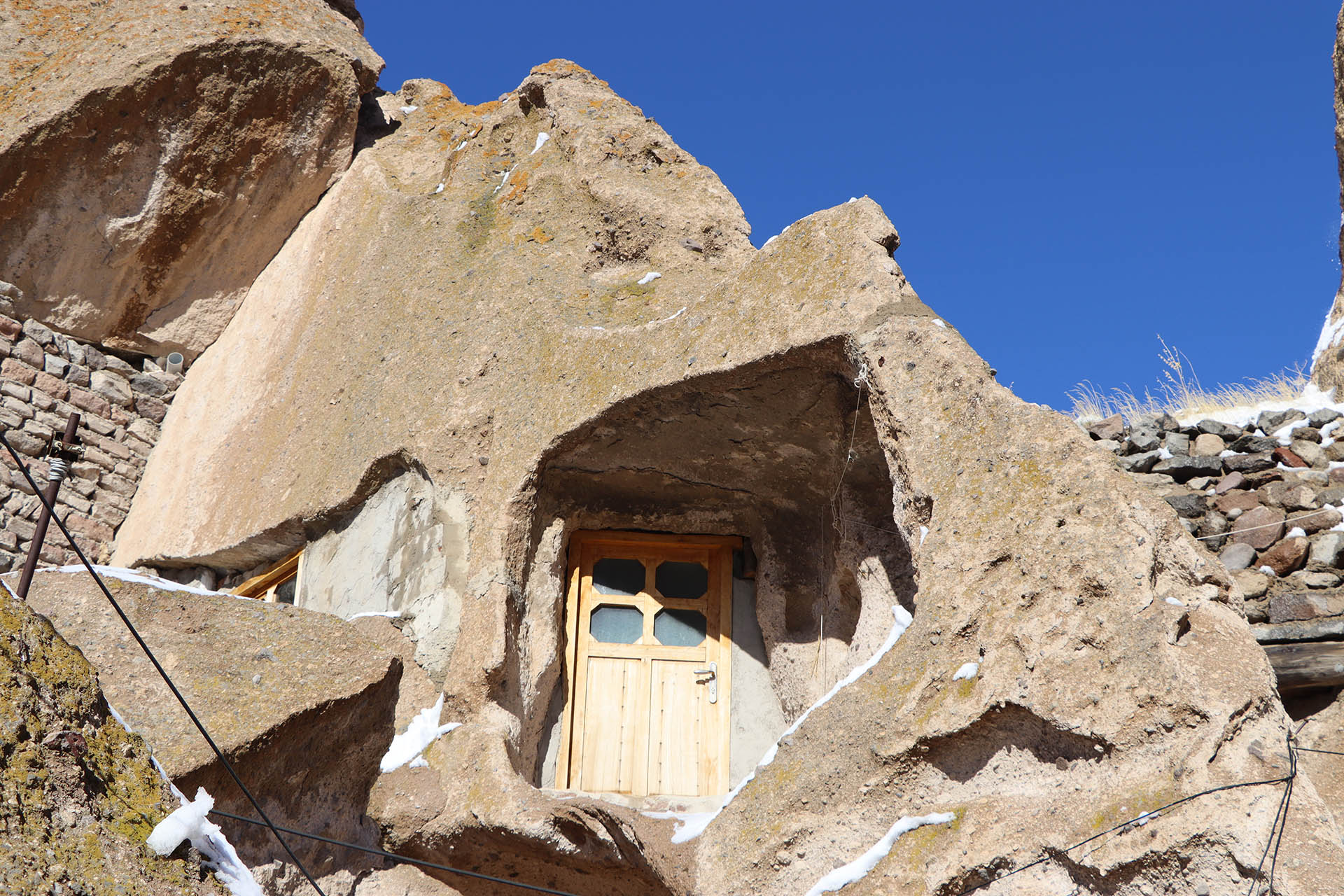
Experiencing the Remote Village Life
Visiting Kandovan provides a window into a way of life far different from modern urban centers. The remoteness, sweeping vistas and traditional architecture create a magical atmosphere. Exploring the village on foot allows you to observe daily tasks underway.
Immersing in Traditional Village Life
Guests are welcomed into homes to experience the warmth and hospitality of this close-knit community. Nighttime brings a chance to gaze upward at dazzling stars blanketing the pitch black sky. You may be invited to savor a simple home-cooked meal or try fresh homemade bread.
Witnessing a local wedding or celebration offers insight into rich cultural traditions expressed through food, music, dance and dress. Striking up conversation with a resident artisan as they craft a handmade wool carpet can provide an enlightening perspective.
You may be greeted by curious children eager to practice their English phrases. Accept a cup of hot tea and listen as village elders share stories passed down through generations. Memorable moments like these create powerful connections across cultures.
Reflecting on an Unforgettable Experience
Visiting Kandovan immerses you in a way of life that honors the past while marching steadily into the future. The resourceful spirit of these mountain people persists as a model of human resilience. For the thoughtful traveler



